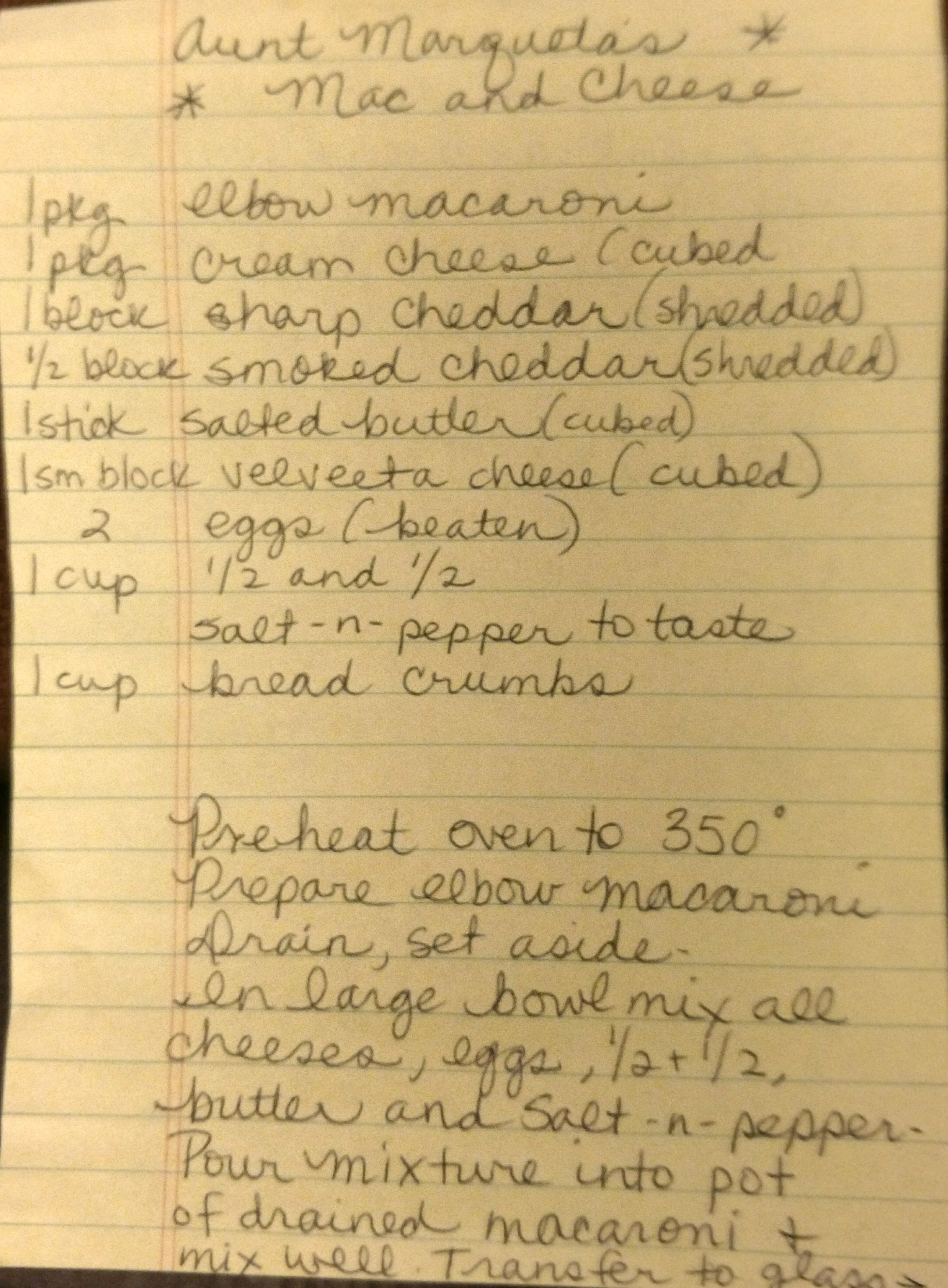Collection: Lithuanian flower crowns – folk object
A: “What is the significance of flower crowns or flower accessories within the culture?”
B: “Yeah so in weddings, the bride wears “Vainikai” which are kind of like flower crowns at the party afterwards which the bridesmaids make. Also, so um the national outfit that we have is really big on wool and stuff like that, but it started out with a flower crown on top because I guess… um back when it was like a little country in the countryside, the only thing that they could find to decorate their hair was flowers so they would pin them together. And now what you wear — you can’t really dance with flowers in your hair — so now what you wear is this crown that has fake flowers on it, and it’s supposed to symbolize that of the past. But for song festivals and weddings, you wear actual flowers in your hair. And for weddings, the bridesmaids make the crowns for everybody.”
Context: Flower accessories are worn in various scenarios throughout Lithuania, as it is a component of the nation’s traditional outfit. Further, the accessory is worn both casually and formally. Sometimes, the Vainikai are made from real flowers while others are artificial. Also, the occasion determines who makes the Vainikai.
Interpretation: Folk objects often take on symbolic meanings. Vainikai ties present-day Lithuanians to the past by referring to traditional garb and long time traditional practices.

